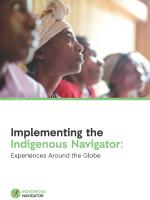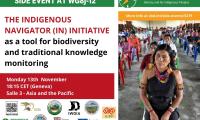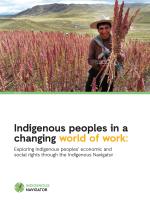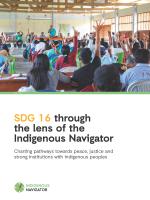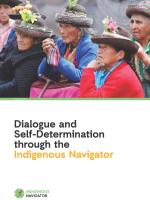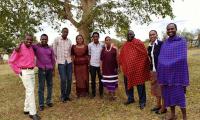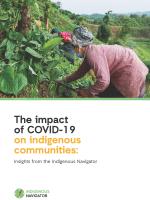Tanzania
Tanzania is estimated to have a total of 125-130 ethnic groups, falling mainly into the four categories of Bantu, Cushite, Nilo-Hamite and San.

Tanzania is estimated to have a total of 125-130 ethnic groups, falling mainly into the four categories of Bantu, Cushite, Nilo-Hamite and San. While there may be more ethnic groups that identify as indigenous peoples, four groups have been organizing themselves and their struggles around the concept and movement of indigenous peoples. The four groups are the hunter-gatherer Akie and Hadzabe, and the pastoralist Barabaig and Maasai.
Although accurate figures are hard to arrive at since ethnic groups are not included in the population census, population estimates1 put the Maasai in Tanzania at 430,000, the Datoga group to which the Barabaig belong at 87,978, the Hadzabe at 1,0002 and the Akie at 5,268. While the livelihoods of these groups are diverse, they all share a strong attachment to the land, distinct identities, vulnerability and marginalization. They also experience similar problems in relation to land tenure insecurity, poverty and inadequate political representation.
Tanzania voted in favour of the UN Declaration on the Rights of Indigenous Peoples in 2007 but does not recognize the existence of any indigenous peoples in the country and there is no specific national policy or legislation on indigenous peoples per se. On the contrary, a number of policies, strategies and programmes that do not reflect the interests of the indigenous peoples in terms of access to land and natural resources, basic social services and justice are continuously being developed, resulting in a deteriorating and increasingly hostile political environment for both pastoralists and hunter-gatherers.
